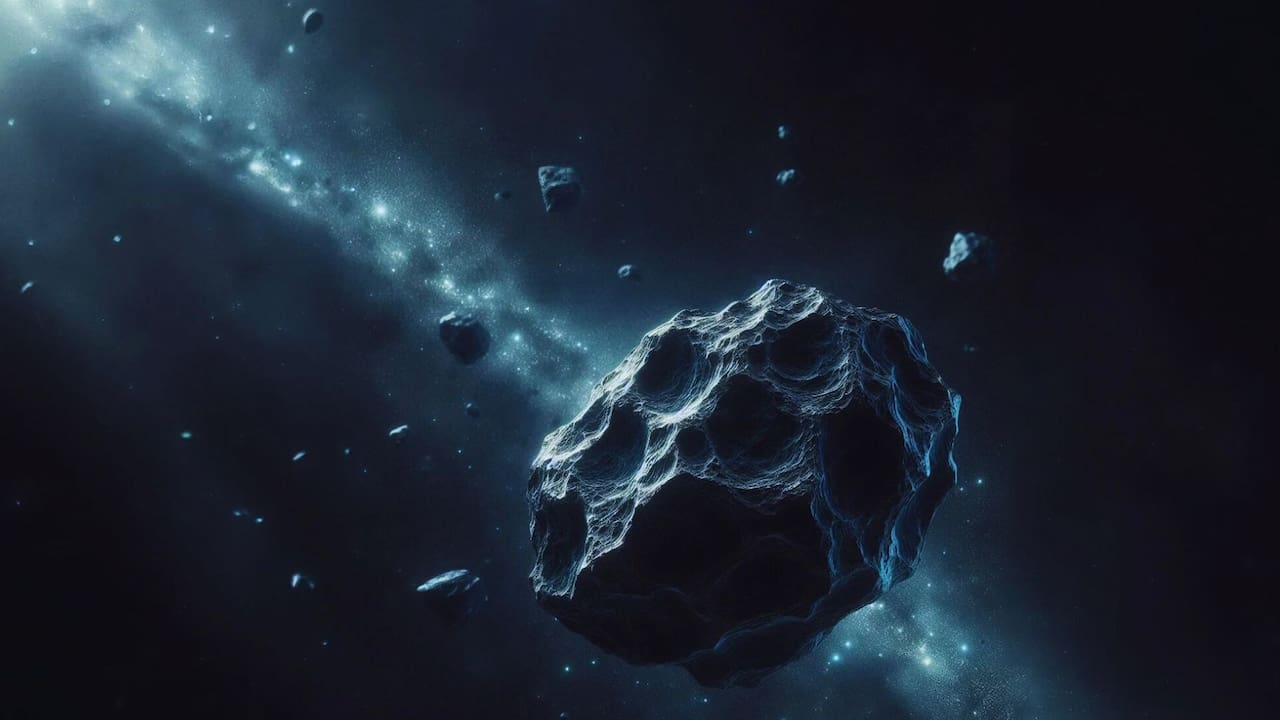Space Rocks Unmasked: New Study Reveals Origins of Cosmic Visitors
Breaking News: Scientists have deciphered the cosmic code responsible for most meteorites striking Earth. In a groundbreaking study, researchers have traced 70% of known meteorite falls to just three young asteroid families. This discovery sheds new light on the solar system’s history and could reshape our understanding of space exploration.
The Big Three: Meet Your Meteorite Makers
Experts from CNRS, the European Southern Observatory, and Charles University have led an international team to identify three key asteroid families as the primary sources of Earth’s meteorites:
- The Karin family formed 5.8 million years ago.
- The Koronis family was created 7.5 million years ago.
- The Massalia family was born about 40 million years ago.
Massalia alone accounts for a whopping 37% of known meteorites. That’s more than one-third of all space rocks we find!
Why These Three?
You might wonder why these young asteroid families dominate our meteorite supply. Here’s the scoop:
- Young families = More fragments: Recent collisions leave behind lots of small pieces.
- More pieces = higher collision risk: These fragments are more likely to bump into each other.
- High mobility: Young fragments can easily escape the asteroid belt.
- Earth in the Crosshairs: Some of these escapees head our way.
Older asteroid families, in contrast, have lost most of their small fragments over time. Millions of years of collisions and space dynamics have worn them down.
Cracking the Cosmic Code
How did scientists make this breakthrough? The scientists employed a clever combination of tools.
- Telescope surveys: They mapped out the composition of major asteroid families.
- Computer simulations: Advanced models showed how these families evolved over time.
This approach helped them trace not just ordinary meteorites but also rarer types like carbonaceous chondrites and achondrites.
Beyond Meteorites: Asteroid Origins Revealed
The study’s impact goes beyond just meteorites. It also helps us understand where kilometer-sized asteroids come from. These space rocks pose a potential threat to Earth and are the focus of several space missions.
For example, the asteroids Ryugu and Bennu, recently sampled by space probes, likely came from the same parent body as the Polana asteroid family.
What’s Next?
While this study accounts for over 90% of known meteorites, there’s still work to do. The team plans to investigate younger asteroid families (less than 50 million years old) to fill in the remaining gaps.
Why It Matters
This research isn’t just about satisfying scientific curiosity. Understanding meteorite origins helps us:
- Improve space safety: Better predict and prepare for potential impacts.
- Enhance space exploration: Target promising asteroids for future missions.
- Unravel solar system history: Learn about the early days of our cosmic neighborhood.
As we continue to explore the cosmos, these space rocks serve as invaluable messengers from the depths of our solar system. Curious scientists await the deciphering of each meteorite that falls to Earth, carrying a piece of cosmic history.
The next time you hear about a meteor streaking across the sky or spot a strange rock in a field, remember—it might be a visitor from one of these three cosmic families, carrying secrets from the far reaches of space right to our doorstep.
Table of Contents
